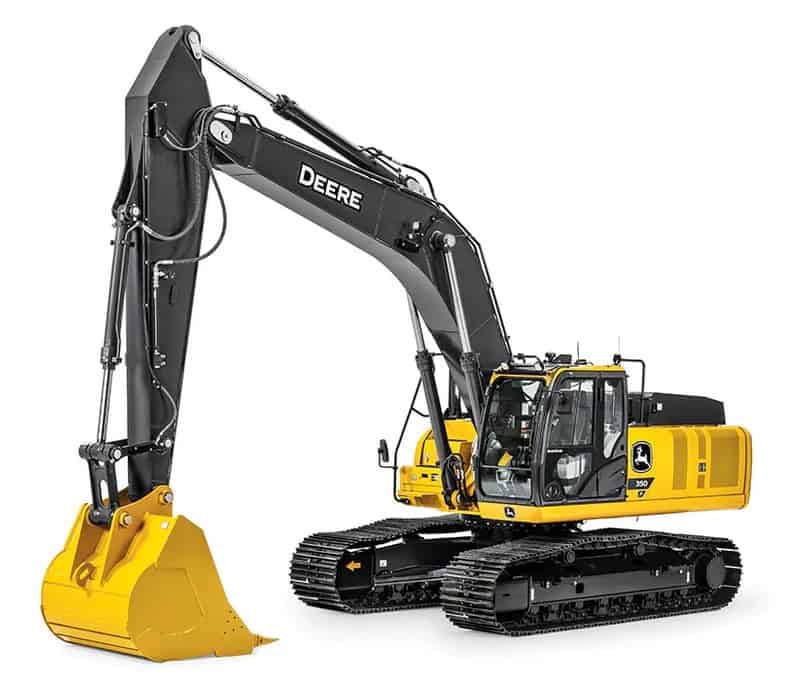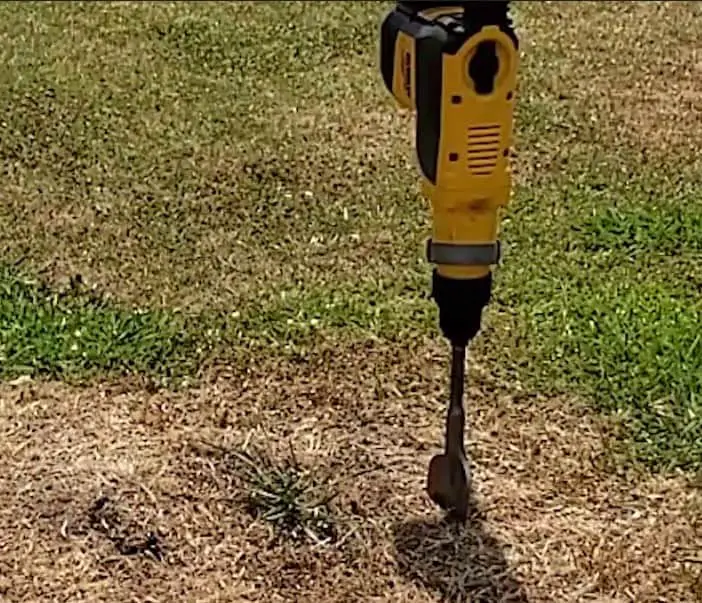If you like to do easy construction work without contractors by yourself, one of the challenges can be frozen ground.
About Frozen Ground
Frozen ground, often permafrost, is a layer of soil or sediment composed of ice that remains at or below the freezing point of water for two or more consecutive years.
This type of terrain covers about 24% of the landmass in the Northern Hemisphere and is found in many parts of the world, including Russia, Alaska, Canada, Scandinavia, and Greenland. Frozen ground can be divided into two main categories: continuously frozen ground (CPG) and discontinuous frozen ground (DPG). CPG covers more than 90% of the permafrost region with soil temperatures consistently lower than -2°C, while DPG covers a smaller portion with temperatures ranging from -2°C to 0°C.
The frozen ground plays an essential role in our global climate system by impacting hydrologic processes such as runoff, evapotranspiration, and infiltration, influencing surface-atmosphere energy exchange, and altering ecosystem structure through its thermal properties. It also significantly affects human activities, including transportation and construction, because its thawing can cause destabilization of roads, bridges, airstrips, pipelines, and other infrastructure. In addition, the frozen ground may contain subsurface organic matter that, when exposed to warmer temperatures, can decompose rapidly, releasing large amounts of carbon dioxide into the atmosphere, leading to further global warming.
The thawing rate of frozen ground depends primarily on surface temperature conditions. However, other factors such as snow cover extent and vegetation type can also affect it. As air temperatures rise due to global warming, more areas are experiencing permafrost thaw, causing landscape changes and other impacts like increased erosion rates, flooding events in low-lying areas due to melting ice wedges beneath rivers, landslides caused by destabilized slopes, and so forth.
If you live in the US, you must know your frost line by zip code. For construction purposes, you need to know frost line depth because, for example, water pipes need to be set below a frost line to prevent them from freezing in the winter. If you plan to dig the well, read our article.
Therefore, we must understand how climate change affects frozen ground regions to better prepare for future challenges related to infrastructure stability, land-use planning, and more. Scientists are researching various adaptation methods to mitigate impacts from permafrost thaws, such as artificial cooling systems or insulation strategies for vulnerable structures like buildings or bridges. Still, much work needs to be done in this area before any practical solutions can be implemented on a large-scale basis.
In conclusion, frozen ground not only plays an essential role in regulating our global climate system, but it also has implications for human activities ranging from transportation route maintenance to land-use decisions based on its current state or projected future behavior due to global warming effects. Understanding how climate change will affect these areas is critical for finding successful adaptation techniques to maintain existing infrastructure while minimizing environmental damage.
How to Dig the Frozen Ground?
If you do not have an excavator, you will usually need an ice chisel or hammer drill to dig the frozen ground. Sometimes, you need to use heated water or steam to help loosen the soil before beginning your digging project.

Digging through frozen ground can be difficult, but it is not impossible. With the proper equipment and preparation, you can dig through even the most rigid frozen grounds.

Steps to follow when you dig the frozen ground:
- Analyze Your Ground: Before digging any ground, you must analyze your environment and determine what soil you will deal with. Is the soil dry or moist? Is it loose or densely packed? Are there large stones that must be removed? All of these factors will affect how you approach your digging project.
- Prepare Your Equipment: Having the right equipment for the job is essential to successful your digging project. Bring a digging bar, shovel, pickaxe, rake, garden fork, and other necessary tools to complete your task efficiently. Also, don’t forget to stock up on gloves, face masks, and other protective gear; remember that manual labor can be difficult and dangerous if not done correctly.
- Break Up The Frozen Soil: Before attempting to move any dirt or rocks out of the way, you’ll need to break up the frozen soil using an ice chisel or hammer drill. This process may take time as you have to chip away at each chunk until it’s small enough to work with. You may also want to use heated water or steam to help loosen the soil before beginning your digging project.
- Dig Out The Hole: Once all the frozen chunks have been broken apart, it’s time for actual excavation! Start by using a shovel or spade to scoop out excess dirt around the edges of where you want to dig; then, use a pickaxe or hatchet for more challenging spots that require more force. Don’t forget about safety when working with sharper tools–always wear protective gloves and eyewear when handling sharp materials!
- Clean Up And Re-Fill The Hole: After completing your digging project, clean up all debris around your area and dispose of them according to regulations (this usually means disposing of items at recycling centers). Finally, re-fill any remaining holes with packed soil and pat any uneven surfaces using a rake or hoe until everything looks nice and level again!
Digging through frozen grounds can be a tough challenge, but considering all these steps, you should have no problem tackling this task! Just remember that safety always comes first; always ensure that you wear proper protective gear while working with sharp tools and implements so as not to injure yourself!




